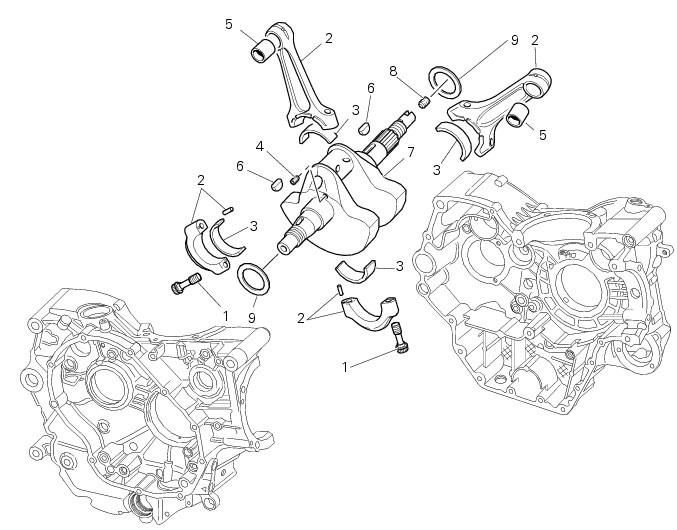
|
5
|
|
6
|
|
N 2.1, Removal of the oil pump
|
|
|
Remove the timing belts and the timing belt pulleys
|
|
|
Remove the alternator-side crankcase cover and the alternator assembly
|
|
|
N 6.1, Removal of the clutch
|
|
|
N 6.1, Reassembling the clutch
|
|
|
Refit the alternator-side crankcase cover and alternator assembly
|
|
|
N 4.3, Refitting the camshafts
|
|
|
N 2.1, Refitting the oil pump
|
|